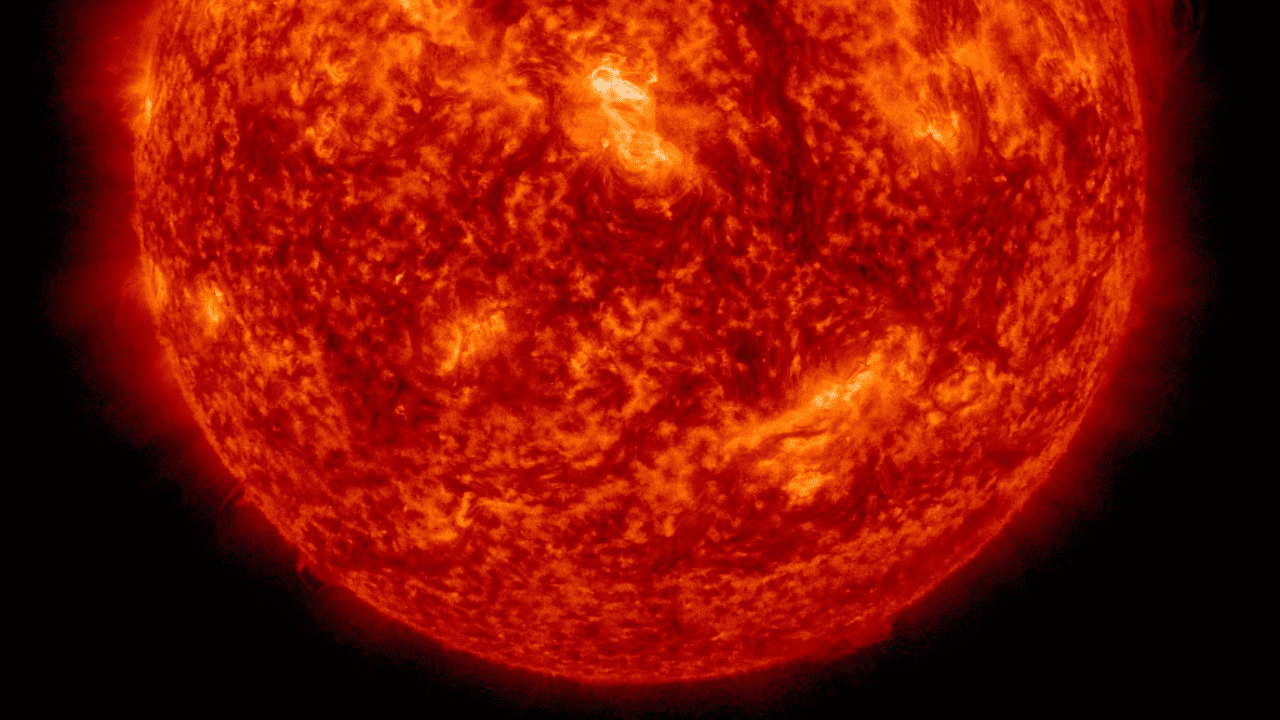We just experienced 3 solar storms in September, More will come soon | NASA reveals
Last September, The Earth experienced massive 3 solar storms. But will there be more? On October 03, 2023, astronomers detected an unstable sunspot known as AR3450 approaching Earth. Experts anticipated that any potential eruptions within this region could trigger a geoeffective event. It can result in a solar storm. However, as of now, no solar flares or significant activities have been observed. While astrophysicists continue to monitor this situation closely, a recent report has drawn attention to the fact that September witnessed three distinct solar storm events, with two notably intense, reaching mid-latitude regions. It was the peak of the 11-year Solar Cycle With the Solar Maximum. The problem is, what can we expect in October? Let’s delve into the data from NASA’s Solar Dynamics…
Last September, The Earth experienced massive 3 solar storms. But will there be more?
On October 03, 2023, astronomers detected an unstable sunspot known as AR3450 approaching Earth. Experts anticipated that any potential eruptions within this region could trigger a geoeffective event. It can result in a solar storm. However, as of now, no solar flares or significant activities have been observed.
While astrophysicists continue to monitor this situation closely, a recent report has drawn attention to the fact that September witnessed three distinct solar storm events, with two notably intense, reaching mid-latitude regions. It was the peak of the 11-year Solar Cycle With the Solar Maximum.
The problem is, what can we expect in October? Let’s delve into the data from NASA’s Solar Dynamics Observatory (SDO) to gain insights into what lies ahead.
The Current Solar Status
Based on data from NASA’s SDO, the Sun currently appears relatively calm. However, intriguing developments have been spotted using the Atmospheric Imaging Assembly (AIA) instrument, specifically in the 193 and 304 Angstrom wavelengths. In the Sun’s northern hemisphere, a long and dark whip-like structure has been observed. It signals a potentially unstable region with the potential for explosive activity.
While the available data doesn’t offer a complete outlook for the entire month, as our current technology lacks precise solar storm prediction models, it underscores the persistence of high solar activity, similar to the previous month. This suggests that October could also witness periods of solar storm activity.

September’s Solar Storm Activity
According to a report from SpaceWeather.com, Earth experienced a barrage of Coronal Mass Ejections (CMEs) from the Sun in September. These CMEs resulted in three significant geomagnetic storms, each of which produced mid-latitude auroras.
Factors Behind September’s Solar Activity
Two key factors contributed to the heightened solar activity in September. Firstly, the impending Solar Maximum, during which solar activity reaches its zenith in the 11-year cycle. Secondly, the occurrence of the autumnal equinox on September 23. Historical data indicates that solar activity typically increases during equinoxes. The convergence of these factors likely led to the event of three distinct geomagnetic storms.
What Lies Ahead for October
While it remains impossible to predict whether October will experience a similar impact, early indicators suggest the potential for heightened solar activity in the initial days of the month. The silver lining, however, is that not all of this activity may be directed towards Earth.

The Technology Behind Solar Observation
Several space agencies diligently monitor solar weather phenomena, including NASA with its Solar Dynamics Observatory (SDO) and the National Oceanic and Atmospheric Administration (NOAA). One standout contributor to this effort is NOAA’s DSCOVR satellite, which became operational in 2016. This satellite records various measurements of the Sun and its atmospheres, such as temperature, speed, density, orientation, and solar particle frequency. The Space Weather Prediction Center then analyzes the collected data to provide valuable insights into solar behavior and potential impacts on Earth.
Also read:
Largest Solar System Scale Model | Exploring Space on Foot
Astronomers Find Mysterious Planets In Space | These Planets are Free-floating Without A Sun!






